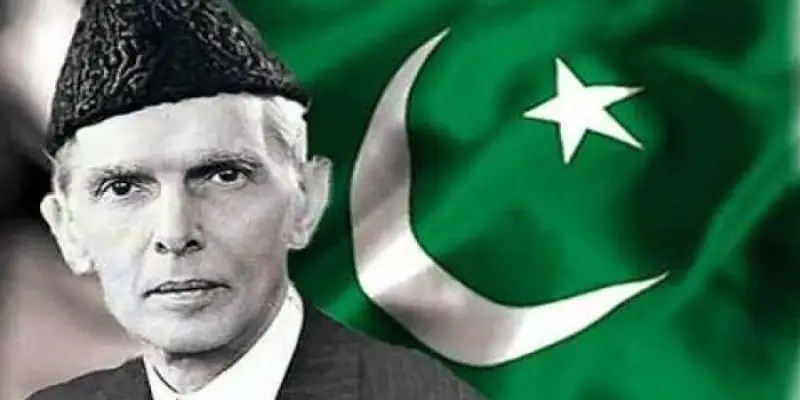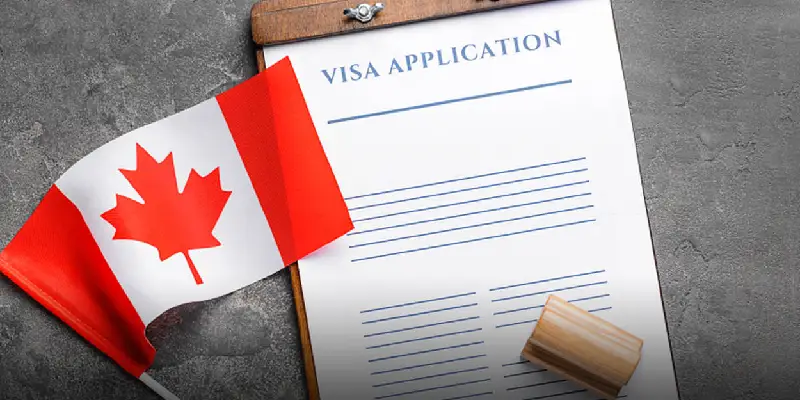If you’ve ever thought about how Pakistan stores and manages its water, the first thing that comes to mind is dams.
From electricity generation to farming, dams are the backbone of our water system. And with growing climate challenges, population pressure, and water shortages, their importance is only increasing.
So the real question is: how many dams are there in Pakistan, and how well are they serving the country today?

Let’s dig into the numbers, locations, and major projects shaping Pakistan’s future and why these dams matter more than ever.
Table of Contents
ToggleHow Many Dams Are There in Pakistan in 2025?
As of now, there are approximately 150 dams and reservoirs in Pakistan. These include large multipurpose dams, medium-sized storage projects, and smaller local dams across all provinces.
Most of these dams are managed by WAPDA (Water and Power Development Authority) and provincial irrigation departments.
The key purposes of these dams are:
-
Irrigation for farming
-
Hydroelectric power generation
-
Flood control
-
Drinking water storage
Some of these dams are over 50 years old, while others like Diamer-Bhasha Dam and Mohmand Dam are still under construction and expected to change the game for water and power in the coming years.
Major Dams in Pakistan: Names and Details

To understand how many dams are there in Pakistan that really matter for national infrastructure, let’s look at the most significant ones:
Tarbela Dam
-
Location: Haripur, Khyber Pakhtunkhwa
-
River: Indus
-
Purpose: Power generation, irrigation, flood control
-
Facts: One of the largest earth-filled dams in the world, providing 3,478 MW of electricity.
Mangla Dam
-
Location: Mirpur, Azad Jammu & Kashmir
-
River: Jhelum
-
Purpose: Irrigation, power
-
Facts: Pakistan’s second-largest dam with a capacity of 1,150 MW. Also used for flood protection.
Diamer-Bhasha Dam (Under Construction)
-
Location: Gilgit-Baltistan
-
River: Indus
-
Purpose: Water storage, power
-
Facts: Will be the tallest dam in Pakistan at 272 meters once completed. Expected to produce 4,800 MW of power.
Warsak Dam
-
Location: Near Peshawar, KP
-
River: Kabul
-
Purpose: Irrigation and power
-
Facts: One of the earliest multi-purpose dams in Pakistan.
Mirani Dam
-
Location: Balochistan
-
River: Dasht
-
Purpose: Irrigation and drinking water
-
Facts: Crucial for supplying water to Gwadar and surrounding arid areas.
Provincial Breakdown of Dams
Punjab
Punjab is the agricultural heartland, and many dams here are used for irrigation:
-
Rawal Dam – Islamabad’s main water source
-
Trimmu Barrage & Rasul Barrage – Water diversion structures
-
Dhok Talian Dam – Rainwater harvesting dam near Chakwal
Sindh
Sindh has fewer traditional dams but relies heavily on barrages for water control:
-
Sukkur Barrage – Distributes water to the largest canal system in Sindh
-
Kotri Barrage – Near Hyderabad
-
Guddu Barrage – Controls floods and supports irrigation
Khyber Pakhtunkhwa (KP)
KP has several dams focused on irrigation and energy:
-
Dargai Dam
-
Warsak Dam
-
Pezu Dam – Smaller dam serving Lakki Marwat region
Balochistan
Water-scarce Balochistan depends heavily on dams:
-
Mirani Dam – Main dam for Makran region
-
Sabakzai Dam – Helps with irrigation in Zhob District
-
Hingol Dam – Under planning, to supply water to coastal areas
Why Are Dams Important for Pakistan?

Pakistan gets about 60% of its electricity from hydro power during peak months, and a huge chunk of farmland is only productive because of controlled irrigation from dams.
Here’s what dams help with:
-
Power Generation – Clean, renewable energy
-
Irrigation – Farming water for Punjab, KP, Sindh
-
Flood Control – Prevents disaster in monsoon season
-
Water Storage – For dry periods, especially in Balochistan and Sindh
-
Drinking Water Supply – Especially in cities like Islamabad and Gwadar
Future Dam Projects in Pakistan
Mohmand Dam
-
Location: Mohmand District, KP
-
River: Swat
-
Purpose: Power and irrigation
-
Expected Capacity: 800 MW
-
Completion: Ongoing construction as of 2025
Sindh Barrage Projects
New efforts are being made to build small dams in Thar and lower Sindh to improve water availability in underserved regions.
Rainwater Harvesting Dams
Especially in Balochistan and parts of southern Punjab, small check dams are being built to collect rainwater and recharge groundwater.
Final Thoughts
So, how many dams are there in Pakistan? Around 150 and counting.
But this number is more than just a stat it represents Pakistan’s fight against water shortage, power crisis, and food insecurity.
Dams are not just walls holding water. They’re tools that power homes, grow crops, and keep cities alive. From Tarbela’s massive walls to small community dams in Balochistan, each one plays a role in keeping Pakistan stable and self-sufficient.
Looking ahead, Pakistan must invest in smarter, safer dam projects that benefit all provinces fairly. Climate change is real, and water management is no longer optional it’s necessary for survival.
The more we protect and expand our dams, the better we can protect our future.
FAQs:
1. How many dams are there in Pakistan in 2025?
There are around 150 dams and reservoirs, including large, medium, and small dams.
2. What is the largest dam in Pakistan?
Tarbela Dam is the largest in terms of structure and power generation.
3. Are new dams being built in Pakistan?
Yes. Major ones include Diamer-Bhasha and Mohmand Dam, along with smaller projects in Sindh and Balochistan.
4. Which province has the most dams?
Punjab and KP have the highest number of dams due to their terrain and agriculture needs.
5. Why are dams important in Pakistan?
Dams provide water for crops, drinking, hydroelectric power, and protect against floods.
For more information related to business or tech visit our Home page Visualpakistan.com




